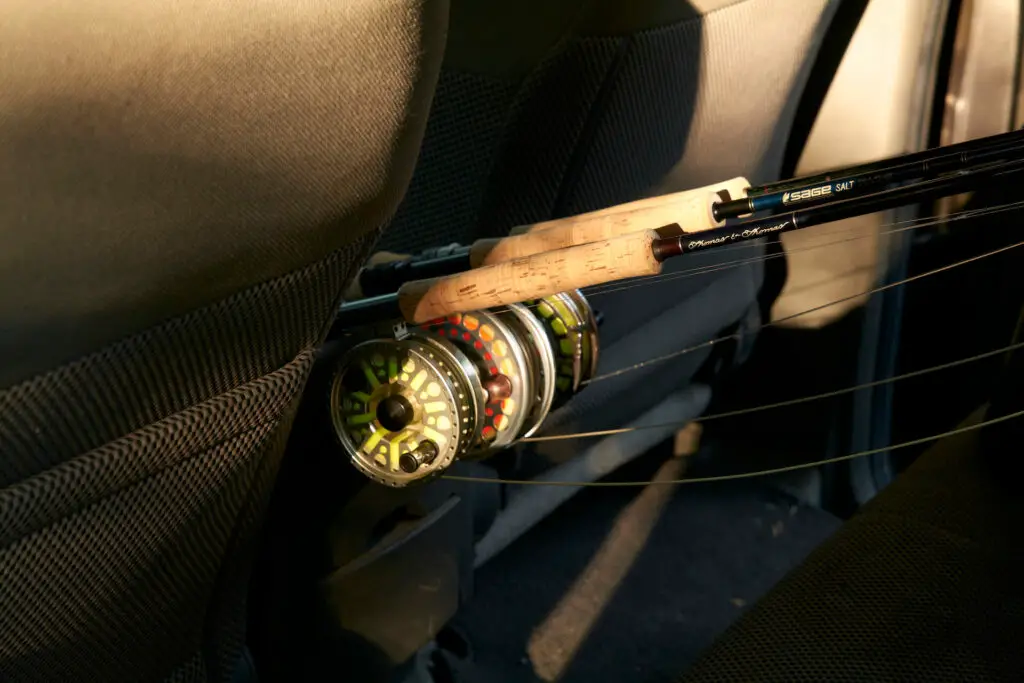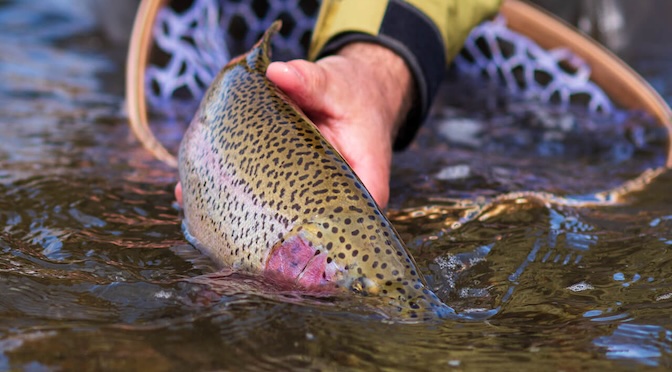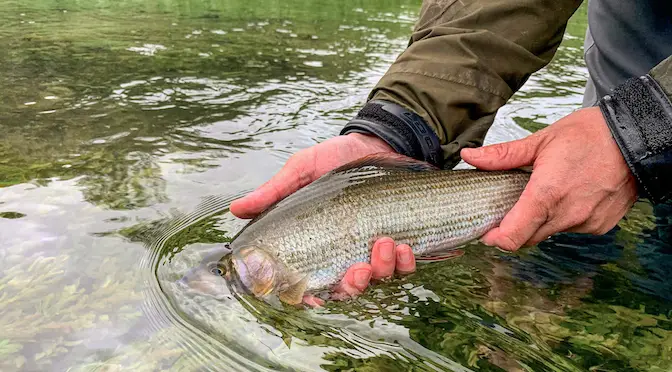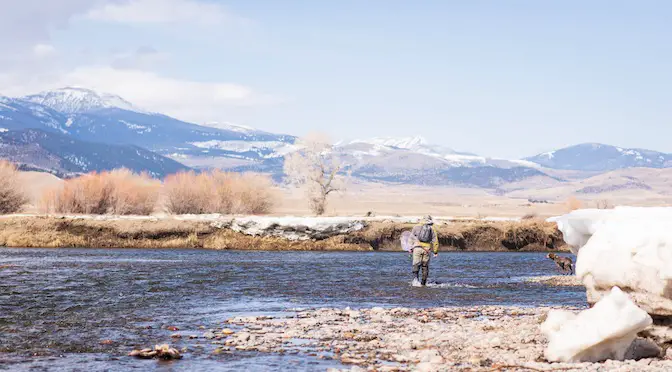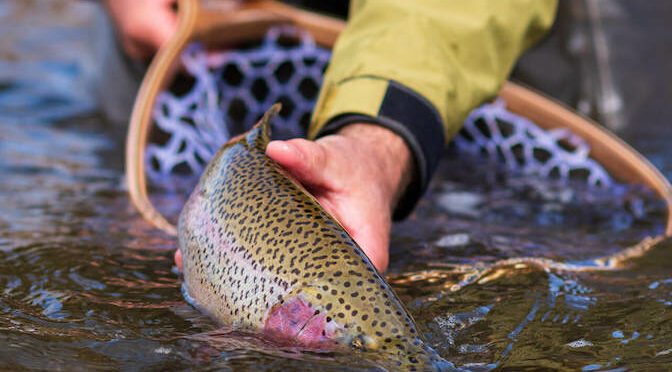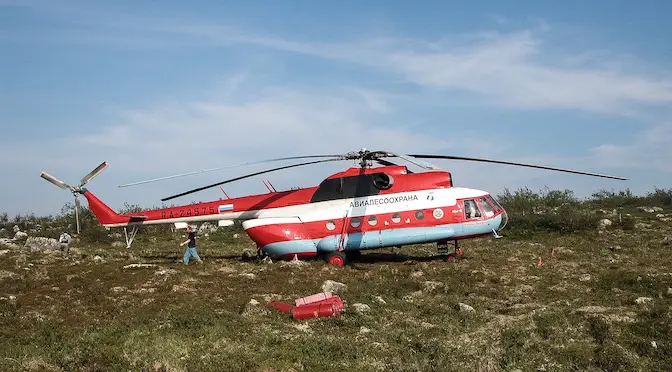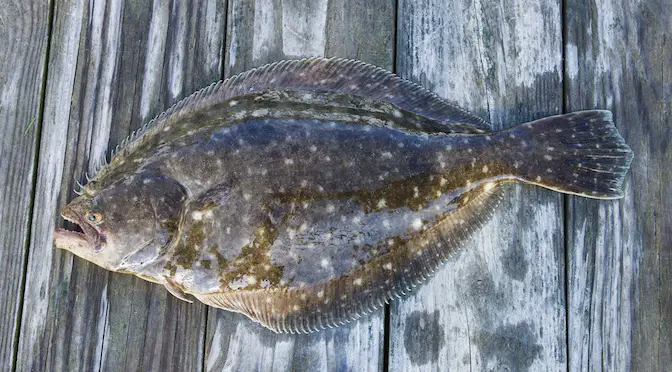- On the Water with the Korkers Bantam Lite - June 26, 2025
- How to Find Trout in Rivers & Streams Anywhere - June 13, 2025
- Educating the Next Generation of Salmon Anglers - June 4, 2025
When it comes to fly fishing, selecting the appropriate fly rod weight class is crucial for optimal performance and success on the water.
From delicate presentations to powerful casts, each line class serves a specific purpose tailored to the angler’s target species, fishing style, and environmental conditions. In this beginner’s guide I want to give you a quick overview of what different line or weight classes mean and what they are good for. Since fly rod weights is a huge topic if you decide to go down every line class, this article is meant to give you a general overview of what’s out there. You can always dive deeper.
Why Different Fly Rod Line Classes?
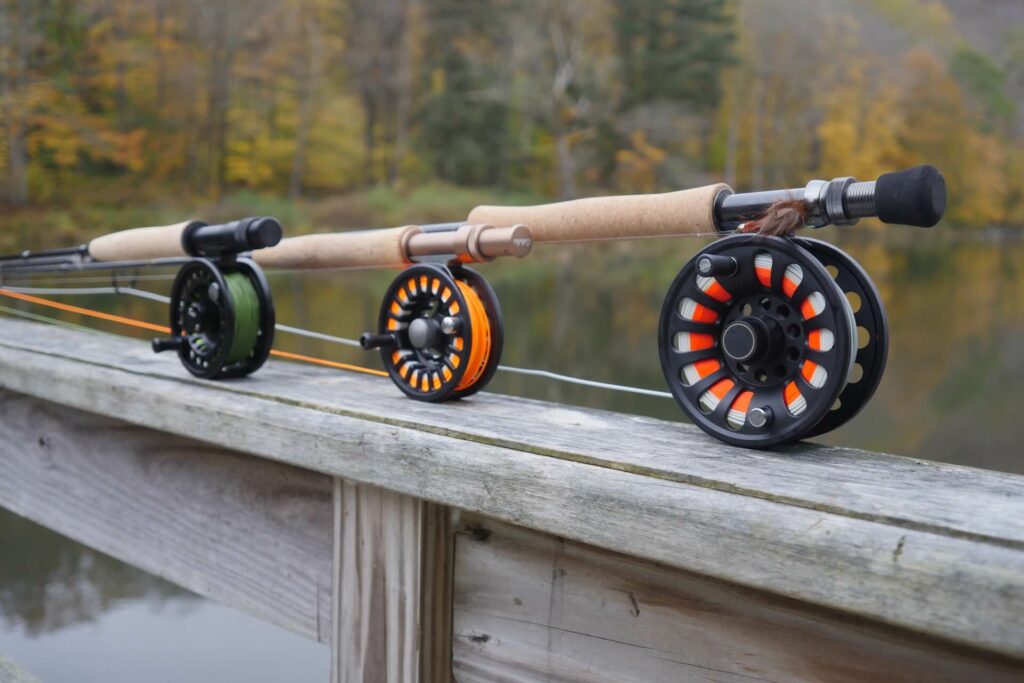
Fly rod weight classes range from #1 to #12, indicating the weight of the fly line the rod is designed to cast effectively. The variation exists to accommodate diverse fishing scenarios and fish species, with lighter rods suited for smaller freshwater species and heavier rods for larger freshwater and saltwater game fish.
Understanding Line Classes
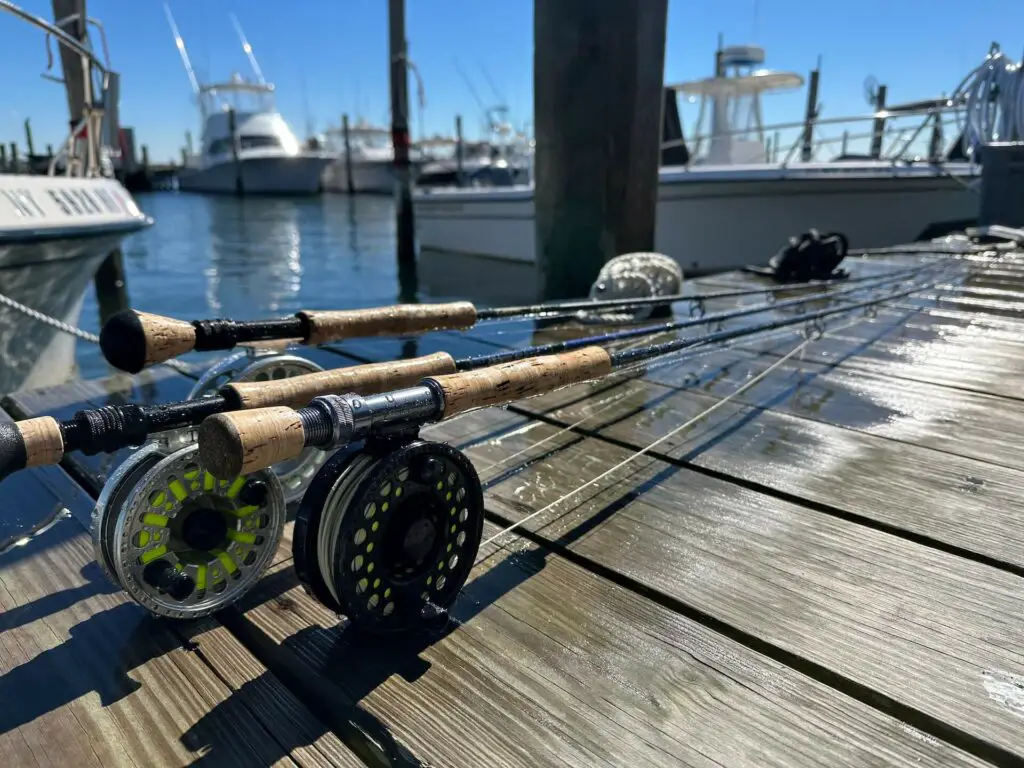
#1 to #3: Ideal for delicate presentations and targeting smaller trout species in small streams and creeks. These rods offer finesse and precision, making them suitable for dry fly fishing and nymphing techniques.
#4 to #6: Versatile options suitable for a wide range of freshwater species, including trout, bass, panfish, and smaller saltwater species like bonefish and redfish (6 weight). They strike a balance between delicacy and power, allowing for diverse fishing techniques in various water conditions.
#7 to #9: Designed for larger freshwater species like salmon, steelhead, and pike, as well as medium-sized saltwater species such as snook, striped bass, and permit. These rods offer increased power and casting distance to handle larger flies and fight stronger fish.
#10 to #12: Heavy-duty rods tailored for big-game saltwater fishing, targeting species like tarpon, marlin, sailfish, and tuna. These rods provide the strength and backbone required to battle powerful fish in challenging saltwater environments.
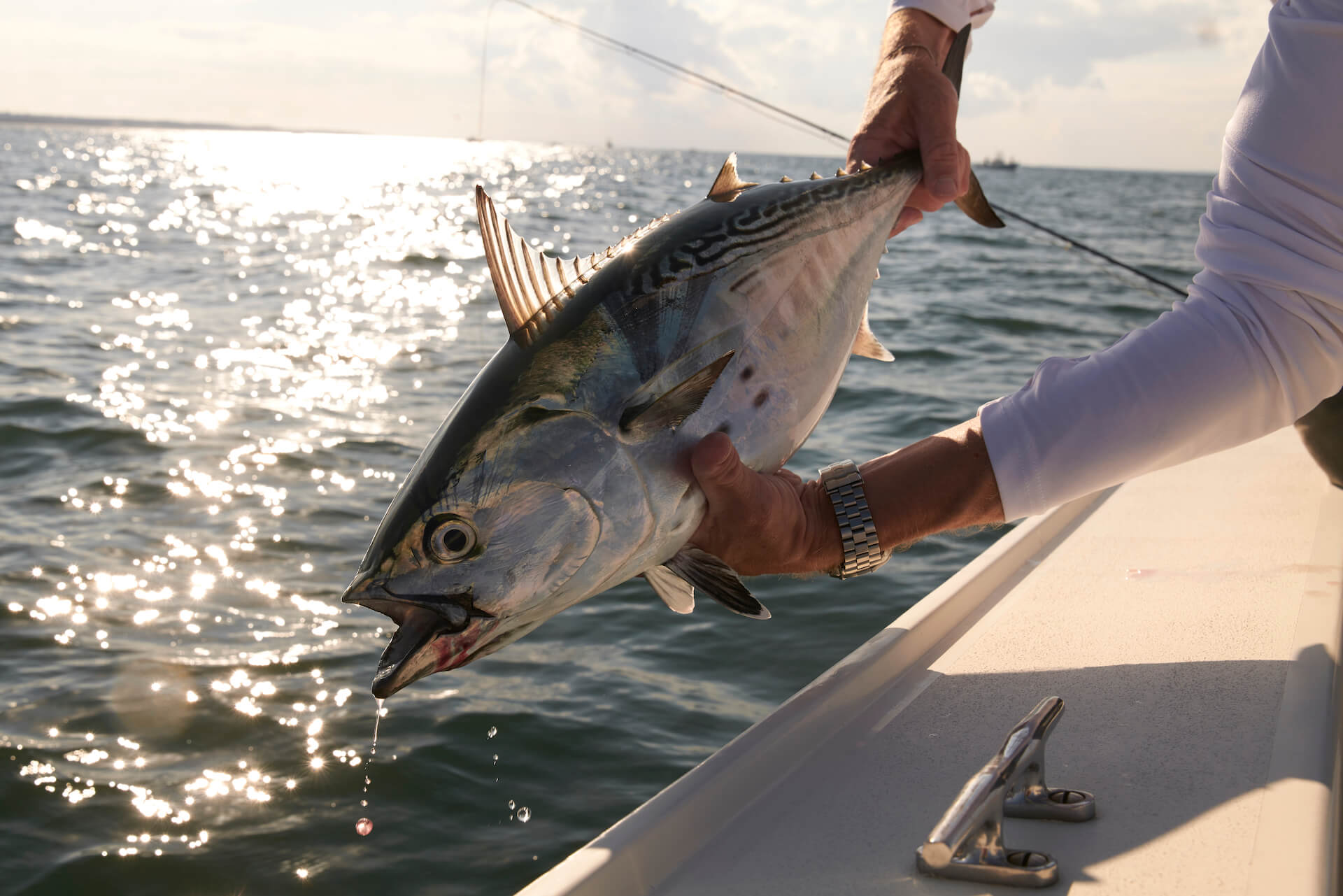
Single Hand vs. Double Hand Rods
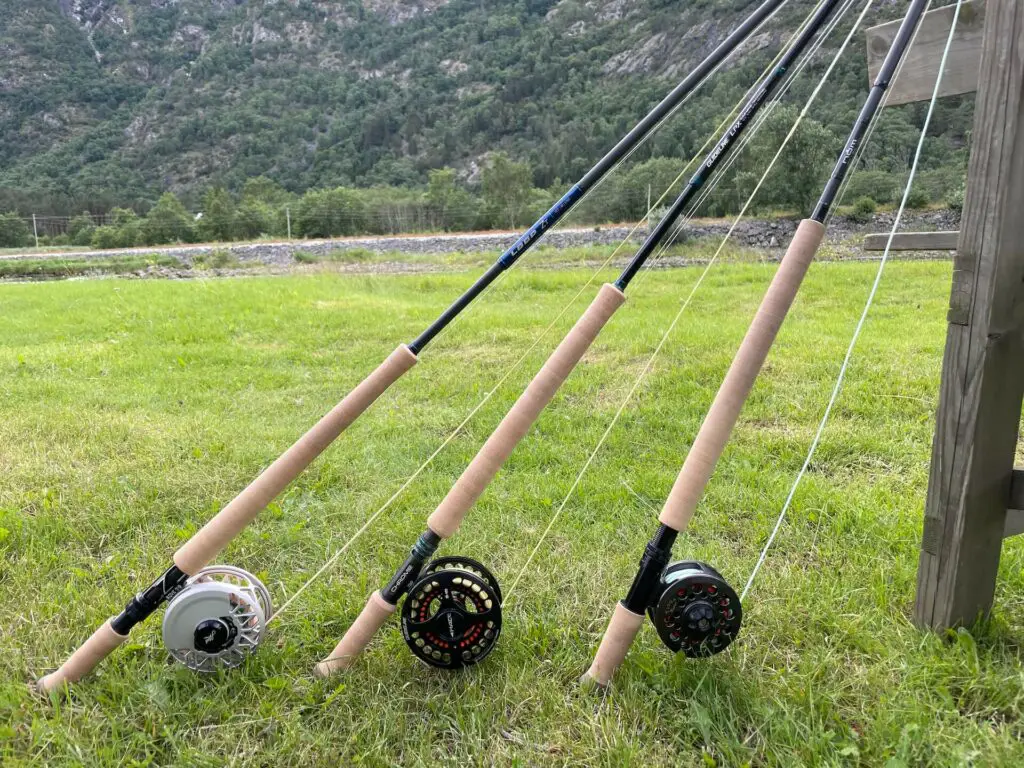
Single hand rods are the traditional choice for most fly fishing applications, offering versatility and ease of use. They excel in casting accuracy and precision, making them suitable for a wide range of angling scenarios.
On the other hand, double hand rods, also known as spey rods, are primarily used in larger rivers and for specialized casting techniques like the spey cast. They provide increased line control and casting distance, making them ideal for covering vast stretches of water and targeting anadromous fish like salmon and steelhead. Here are the fly rod weights explained when it comes to double handed rods.
Trout Spey Fishing
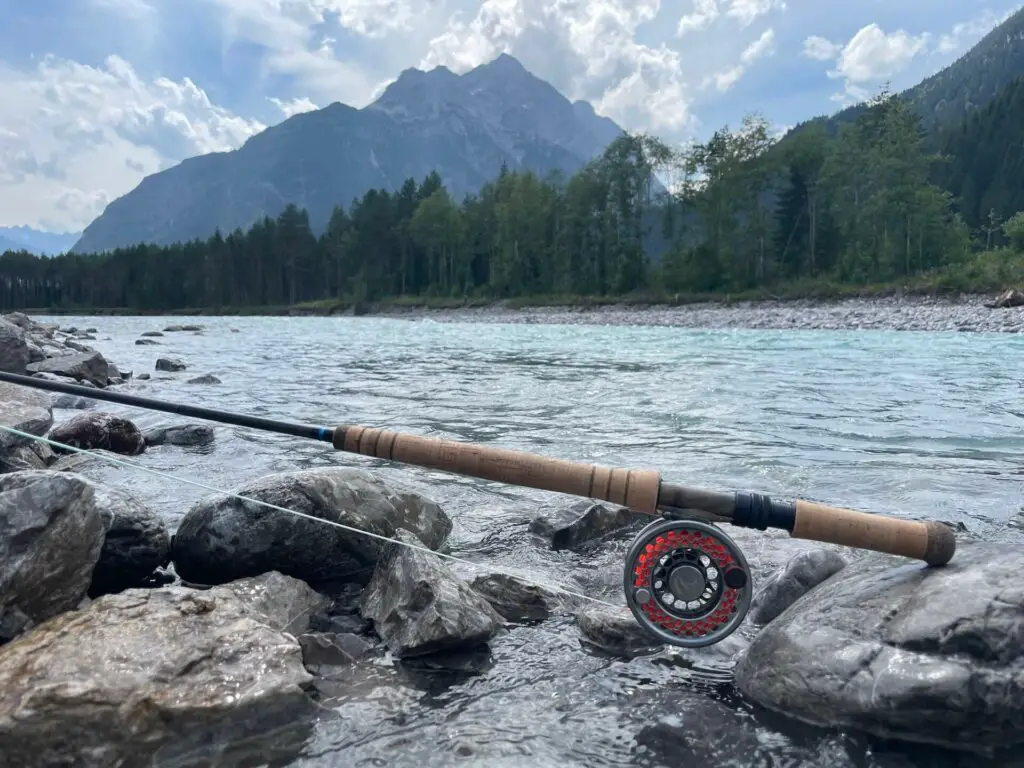
Double-handed fly rods, or spey rods, offer anglers versatility and power for a variety of fishing scenarios. In trout spey applications, where anglers target trout in smaller rivers and streams, lighter line classes such as #4 to #6 are favored. These rods allow for efficient casting with smaller flies and lighter lines, making them ideal for delicate presentations in tight quarters. They excel in situations where traditional single-handed rods might struggle due to limited space for backcasting or reach.
Two handed Rods for Steelhead
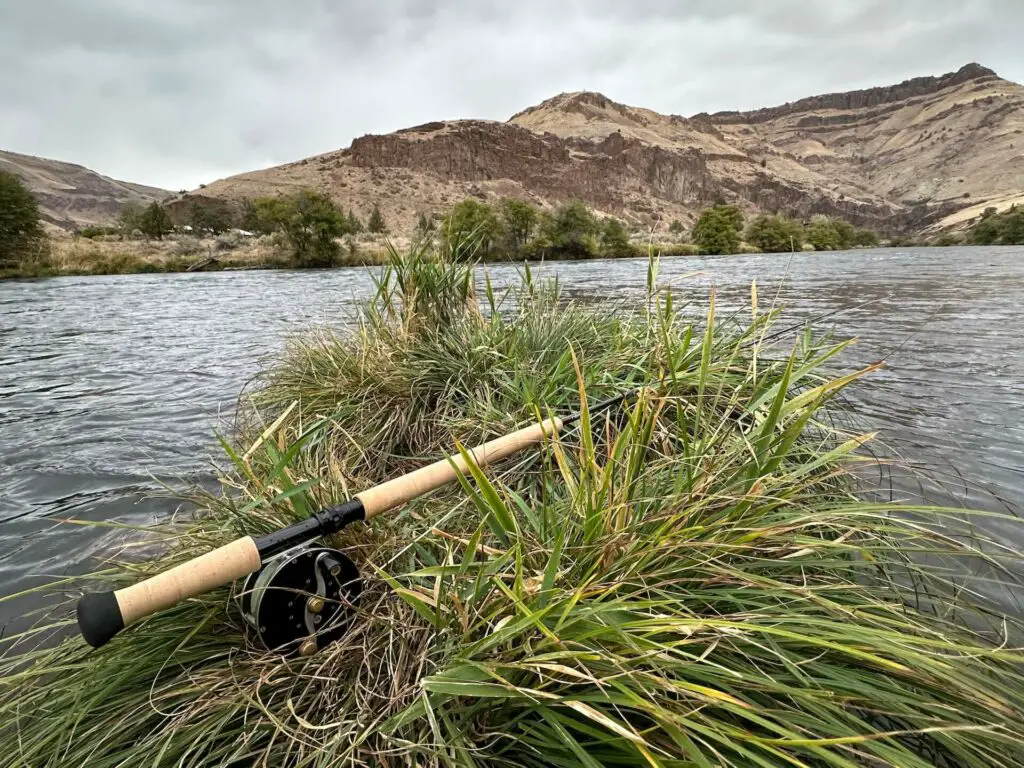
For steelhead fishing on larger rivers, where anglers pursue these hard-fighting fish in broader water bodies, line classes ranging from #7 to #9 are commonly used. These rods provide the necessary backbone and casting power to handle larger flies and longer casts. They offer anglers the ability to cover a wide range of water effectively, from riffles and runs to deep pools, while still maintaining the finesse required for presenting flies delicately to wary fish.
Atlantic Salmon Fishing
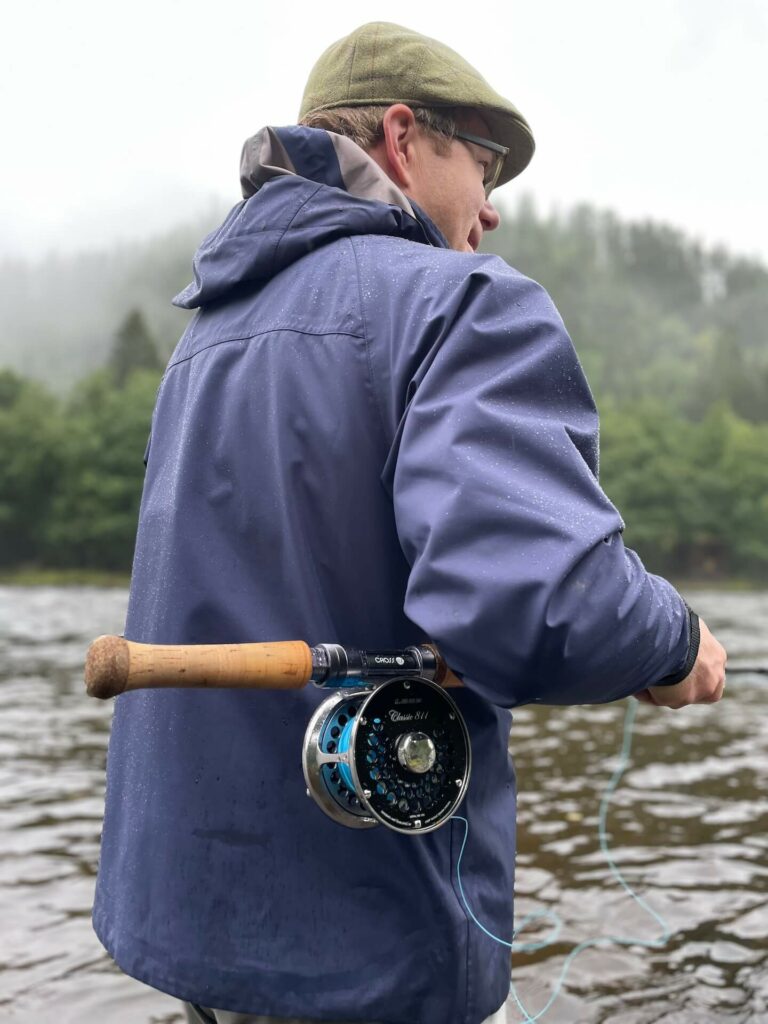
In the realm of big Atlantic salmon fishing, where anglers target one of the most prized game fish in the world, heavier line classes from #10 to #12 come into play. These rods are designed to cast large, heavy flies and heavy sinking lines, allowing anglers to reach fish holding in deep, fast-flowing pools. With their robust construction and substantial power, these rods can handle the demanding conditions of Atlantic salmon rivers, where powerful currents and large fish require equipment capable of delivering precision and strength.
Euro Nymphing Rods
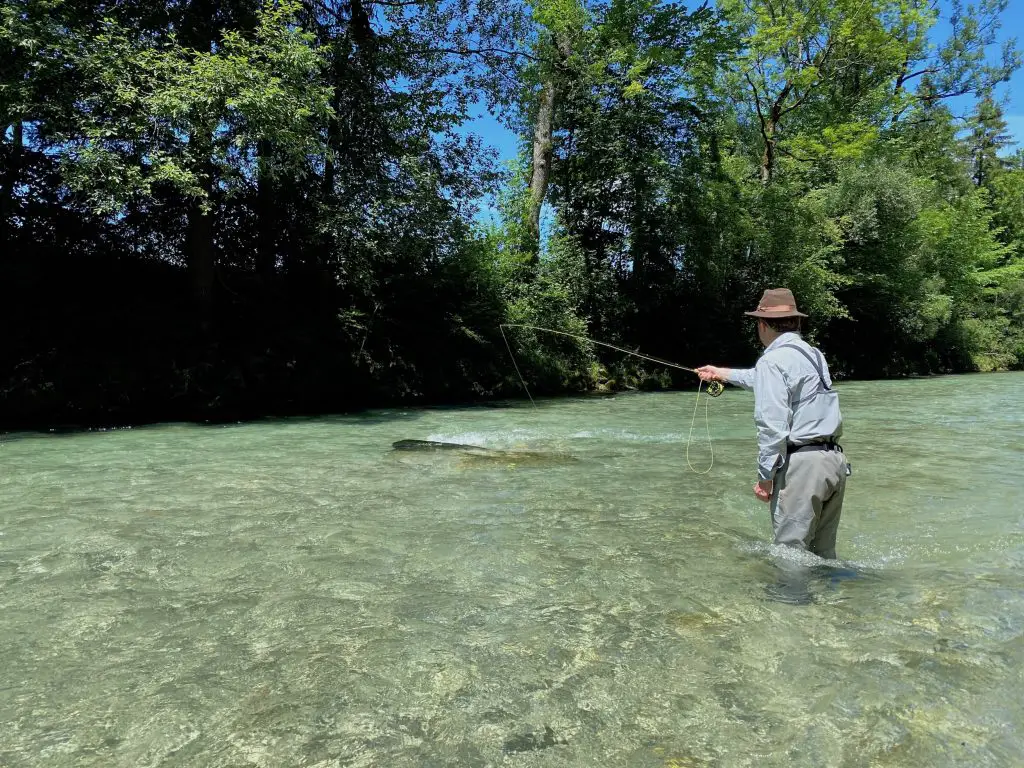
Last but not least I want to explain weight classes when it comes to Euro nymphing. The technique that is often also referred to as Czech nymphing, has gained popularity in recent years, particularly among trout anglers seeking a highly effective method for catching fish in technical water. Euro nymphing rods typically fall in the #2 to #4 line class range and are longer than traditional rods, offering increased reach and line control for tight-line nymphing techniques.
Conclusion
Understanding fly rod weight classes is essential for selecting the right tool for the job and maximizing success on the water. Whether targeting small trout in a mountain stream or battling trophy saltwater species on the flats, choosing the appropriate line class ensures optimal performance and an enjoyable fishing experience. By matching the rod to the target species and fishing conditions, anglers can elevate their skills and increase their chances of landing the catch of a lifetime.
FAQs: Fly Rod Weights Explained
What does the number on a fly rod mean?
The number on a fly rod, such as #3 or #7, indicates the weight of the fly line the rod is designed to cast effectively. Lighter numbers are suitable for smaller fish and delicate presentations, while heavier numbers are designed for larger fish and more demanding conditions.
Can I use a #5 weight rod for saltwater fishing?
While a #5 weight rod is typically designed for freshwater applications, it can be used for light saltwater fishing targeting species like cutthroat, small snook, and redfish in calm conditions. However, heavier rods are recommended for larger saltwater species and more challenging environments.
What’s the difference between single hand and double hand fly rods?
Single hand rods are versatile tools suitable for most fly fishing scenarios, offering ease of use and casting accuracy. Double hand rods, or spey rods, are longer and designed for specialized casting techniques like the spey cast, providing increased line control and casting distance, particularly in larger rivers.
Are euro nymphing rods suitable for other fly fishing techniques?
While euro nymphing rods are optimized for tight-line nymphing techniques, they can also be used for other fly fishing techniques like dry fly fishing and indicator nymphing. However, their longer length and sensitivity make them particularly effective for euro nymphing.
Can I use a #4 weight rod for trout fishing in small streams?
Yes, a #4 weight rod is well-suited for trout fishing in small streams and creeks, offering the delicacy and precision required for casting in tight quarters. It provides enough backbone to handle small to medium-sized trout while still allowing for delicate presentations with dry flies and nymphs.

